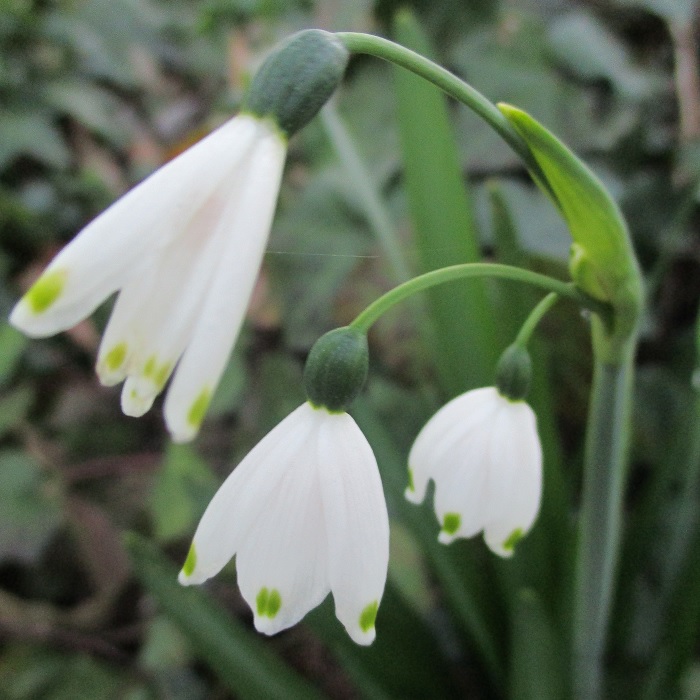UNITED STATES—Just about any other arborist will say that pollarding and coppicing are wrong. These techniques ruin trees so that they can never develop into their natural form. Although restorative pruning after pollarding or coppicing is possible, it is usually more trouble than it is worth. However, no one can deny that properly pollarded and coppiced trees can live much longer than they would naturally.
Pollarding and coppicing are extreme pruning. Coppicing is literally cutting a tree down to a stump just above the ground. Pollarding is almost as severe, but allows the main trunk and main limbs to remain. It does not end there of course. It must be repeated annually to maintain the coppiced stump or pollarded trunk and limbs. Secondary growth gets pruned off, back to the previous cuts.
After this process is repeated for a few years, coppiced stumps and pollarded limbs develop distended ‘knuckles’. Cutting back to but not below these knuckles facilitates compartmentalization (healing) of pruning wounds. Because the secondary growth is only a year old when cut annually, the wounds are relatively small, so they get grown over by new growth during the following season.
English style pollarding leaves one or two stubs of any desired length on each knuckle annually. These stubs are generally but not necessarily selected from stems that are aimed upward and outward. This technique elongates knuckles so that the trees are more gnarly and sculptural. Otherwise, all other stems must be pruned away cleanly. Stubs interfere with compartmentalization.
Pollarding and coppicing are done while trees are dormant in winter, and only to the few specie of trees that are conducive to it. These techniques were historically used to generate firewood, wiry willow stems for weaving baskets, straight fence stakes, or lush foliage for livestock and silkworms. Nowadays, they are done to keep big trees small, enhance the size and color of leaves, enhance the color of bark (on twiggy secondary growth), maintain juvenile foliage, or to prevent the bloom of allergenic flowers.
Highlight: snowdrops
Where winters are more wintry, garden enthusiasts get to brag about their snowdrops as they emerge and bloom through melting snow. Diminutive white flowers against a backdrop of white snow may not look like much to us. We have more colorful flowers through winter, without the snow. Their kind of snowdrops, Galanthus specie, need more winter chill than they would get here anyway.
We have our own kind of snowdrops though. Leucojum aestivum does so well without significant winter chill that it can naturalize, and sometimes shows up in well watered gardens and riparian areas without being planted intentionally. Leucojum vernum is similar, but blooms with only single or paired flowers, rather than three or more small and pendulous flowers on each arching stem.
The rubbery leaves are about half an inch wide and a foot tall. They stand rather vertically, and can get nearly twice as tall if they need to grow through groundcover. The flower stalks are about the same height, and with the weight of the drooping flowers, might lean a bit outward from the foliage. Each flower has six white tepals with a yellowy green spot near the tip. All plant parts are toxic.
Horticulturist Tony Tomeo can be contacted at tonytomeo.wordpress.com.






